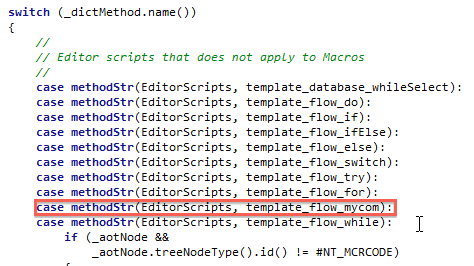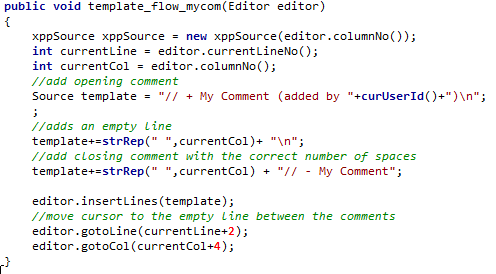From time to time it is useful to determine the history of restores that a database has gone through. For example if you maintain a local copy of a client database / environment and would like to determine the exact date it was last refreshed. The following script is useful for getting this restore history from SQL:
SELECT [rs].[destination_database_name],
[rs].[restore_date],
[bs].[backup_start_date],
[bs].[backup_finish_date],
[bs].[database_name] as [source_database_name],
[bmf].[physical_device_name] as [backup_file_used_for_restore]
FROM msdb..restorehistory rs
INNER JOIN msdb..backupset bs
ON [rs].[backup_set_id] = [bs].[backup_set_id]
INNER JOIN msdb..backupmediafamily bmf
ON [bs].[media_set_id] = [bmf].[media_set_id]
ORDER BY [rs].[restore_date] DESC
Sample Output






